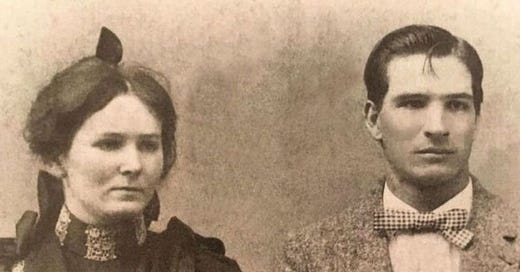January 23 - The Greenbrier Ghost Testimony
Exploring Biblical Warnings Against Engaging with the Occult Through the Unique Case of Elva Zona Heaster
This is the day Elva Zona Heaster was found dead in Greenbrier County, West Virginia, in 1897, leading to a murder trial influenced by the alleged testimony of a ghost.
In today's devotional, we will …




